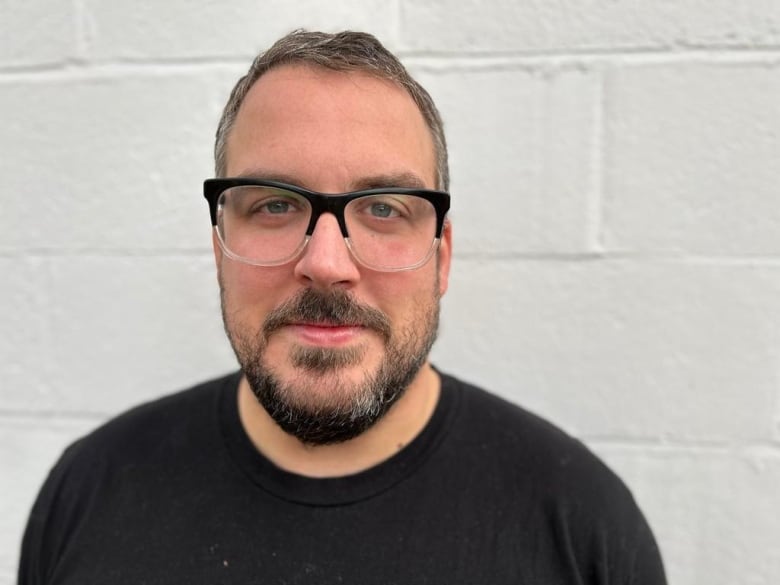They had access to a safe supply as health workers. Therefore, they want the same for others

Corey Williams, 37, was an emergency room nurse for nine years. There he encountered trauma and stress that took its toll over time.
He turned to hydromorphone, an opioid commonly used in hospital settings, to help him cope.
“Anyone who’s ever worked in an emergency department knows that narcotics are readily available – they’re right in front of you on the counter and in a state of anxiety it’s so easy to pick up a vial,” he said.
Williams, who lives in Mission, BC, acknowledges that he had access to a safe supply of drugs, a supply that was not poisoned with unknown substances that could kill him, unlike so many people who are addicted and forced to buy drugs on the street.
“I treated people who died of overdoses on a daily basis, and I was aware that if I chose that day differently, I would be dead.”
That is why he is now arguing for a safe supply.
It’s a similar story for Nathan McLean, a community pharmacist in Kelowna, BC. One day while at work, he was suffering from intense migraines and took a Percocet from the cupboard to ease the pain.
What he didn’t expect was the impact it would have on his mental health.

In the weeks leading up to that day, he struggled with his emotions as things piled up in his personal life, including a death in the family.
“Then I realized that effect [from the pills] available, it became all too easy to repeat the behavior,” said McLean, 45.
Both Williams and McLean have recovered and have since started a podcast called Recovery machinewhich aims to support other health professionals struggling with mental health and addiction.
‘Let’s start keeping people alive’
BC declared a public health emergency in 2016 as deaths from toxic drugs began to rise rapidly. Since then, more than 11,000 people have died from the use of toxic drugs. During that time and even before, the idea of a safe supply of drugs to offer users to protect them from the use of unknown substances has become political and highly divisive.
“If this is an emergency, what do you do in an emergency? You triage,” McLean said. “You have to look at what’s happening right now and deal with the people who are dying first. Let’s start with keeping people alive.”
In March 2020, BC began offering a prescription safer offering to some individuals. The county said just over 5,000 people had access to safer supplies as of March 2023. Yet hundreds die every month.
In this year’s provincial budget, the government allocated $184 million over three years to support safer substance use. On Wednesday, officials announced universal coverage for drugs to treat opioid addiction.
Last month, Conservative leader Pierre Poilièvre introduced a motion in the House of Commons calling on Liberals to end safe supply programs and redirect funding to treatment instead. It was eventually shot down.
Williams says treatment should come when a person is ready.
“It’s not about pushing someone into treatment. It’s about keeping someone safe.”
LOOK | Recovery should be a choice, says former ER nurse:
Corey Williams says nurses living with addiction already have access to a safe supply and hopes the way leaders and politicians approach addiction will change.
That’s why it’s important to have a safe supply available to all drug users, he says.
“All nurses who end up using hydromorphone are using safe supply, every healthcare provider who has ever taken anything off the counter… is using safe supply.
“There’s already been an experiment of safe supply among healthcare workers struggling with hydromorphone addiction, and they’re not dying from it. They’re surviving.”
McLean says a safe supply program is a “no-brainer.”
“If you can explain to me another way out of this crisis, I would like to hear it.
“I don’t know how we could do much worse than we do now. How does anyone see us getting out of here without a safe supply?”





